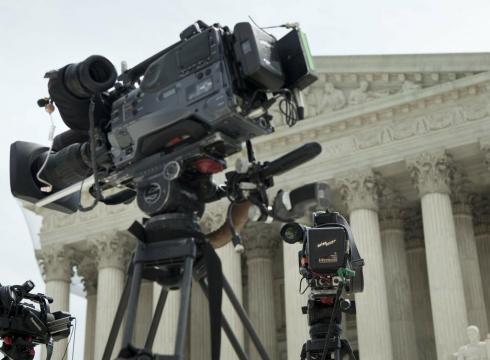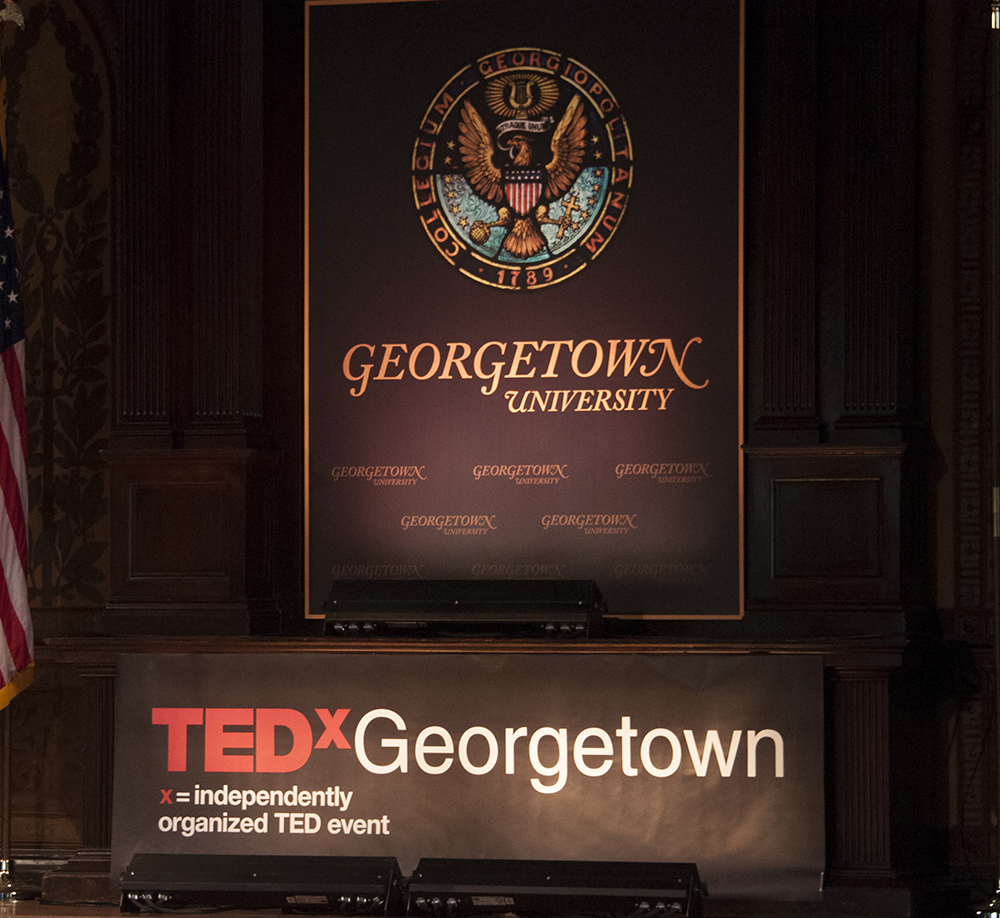 Courts all over the world have started televising higher court proceedings to increase transparency.
Courts all over the world have started televising higher court proceedings to increase transparency.
In the 1990’s, the Supreme Court of Canada began televising all of its oral arguments on the Cable Public Affairs Channel, which also has an online archive. In 2013, the United Kingdom Supreme Court began streaming all of its oral arguments live and online via Sky News. Last October, the High Court of Australia began making video recordings of its hearings available after a few days of delay.
These efforts represent a desire to promote the democratic ideal of transparency. Lord David Neuberger, the president of the Supreme Court of the UK, has stated his reasoning that: oUnless justice is carried out publicly, there is a real risk that the public will lose confidence in the justice system and…judicial standards will slip.”u
Yet as the rest of the world’s courts progress, the United States Supreme Court remains steadfastly tied to a bygone era. It refuses to allow cameras in the courtroom at all. Neither audio nor video recordings are allowed in the court during opinion announcements or oral arguments, and same-day audio is only available for select cases.
Those who oppose cameras have successfully halted the progression towards a transparent courtroom with the backwards argument that the court has functioned without cameras in the past, so there is no reason to change it now. However this argument is damaging to democratic progress. What’s more, there is little statistical evidence to back the claim that cameras negatively affect courtroom proceedings.
Some opponents of cameras in the court argue that cameras will cause justices to act differently or to pander to the camera and the public eye. However, this is an irrational fear with no support of experimental data. In a recent study entitled Coverage of Federal Civil Proceedings,” the Federal Judicial Center found that judges reported observing “small or no effects of camera presence on participants in the proceedings, courtroom decorum, or the administration of justice.”
Now, this study was limited to lower courts; however, if judges in those courts reported no negative effects and even some positives to cameras in the courtroom, there is little reason to believe that cameras would negatively affect proceedings of the Supreme Court, especially when other countries have integrated cameras into their higher courts with little negative effect.
What’s more, Supreme Court justices have no footing to argue that cameras would cause them to act differently because they should be professional enough to handle themselves in the presence of cameras and still perform their duties, just as public officials in the executive and legislative branch do.
Another fear is that the media will take video clips out of context and misinform to public. Justice Anton Scalia has complained that viewers who only see 30-second clips of court proceedings would misinterpret the actions of the justices. However, the media already has access to audio recordings and written transcripts, which they could potentially misconstrue on television, radio, or written publications. Why discriminate against video recordings.
In fact, live video recordings of the court proceedings would actually help to better inform the American public. Because audio clips are usually not released until several days after proceedings, journalists are forced to interpret lengthy and confusing decisions, which they often misconstrue.
Case in point: Fox and CNN’s misreporting of the Supreme Court’s decision on the individual mandate in the Health Care bill. Live video coverage, or even consistent live audio, could help reporters to get a better understanding of the proceedings before they report on them.
It is true that the court releases written opinions from their decisions as well as audio clips, though audio recordings are often delayed. As a result, some argue that video coverage would not provide any more information than already is available to the public.
However, television is one of the main mediums from which the public derives information in the twenty-first century. When the House of Representatives initially began televising proceedings in 1979, Representative Albert Gore, Jr. of Tennessee noted, “The marriage of this medium [television] and of our open debate have the potential, Mr. Speaker, to revitalize representative democracy.” The Court’s refusal to open itself up to video coverage, by this logic, is directly in contrast with the spirit of democracy, which aims to inform the public through every medium possible.
In fact, it’s no surprise that the justices themselves are some of the loudest opponents of cameras in the courtroom. They currently enjoy an inflated level of prestige, which derives from the distance that currently exists between the public and the court proceedings ia distance that has been intentionally engineered to keep the public eye out of the court’s business.
But public officials ruling without a legal code of conduct, without any meaningful oversight authority, such as the public eye, is remarkably undemocratic in nature.
Emma Lux is a freshman in the College. Millennial Voices appears every other Wednesday at thehoya.com














